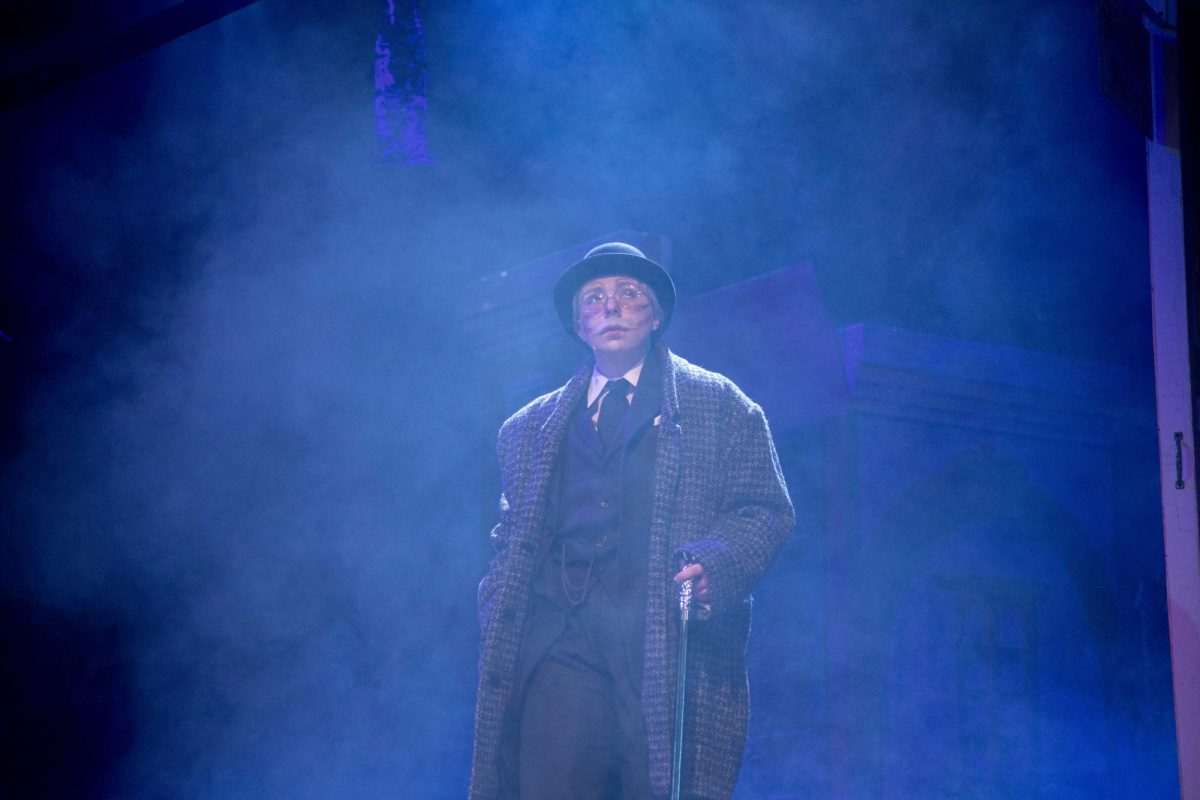About 65 million years ago, herbivores had a real problem, and it was not a giant meteor. Herbivores in prehistoric times had a fierce and vicious foe with giant, slashing 12-inch teeth, and jaws powerful enough to rip through any size bone. That savage beast is none other than one of Chicago’s newest residents, Sue.
December 7, 1997
Today Sue is not regarded as much of a threat to herbivores because, after all, she is only a pile of plaster covered bones. But Sue is a unique fossil because, when pieced together, she will be the largest and most complete Tyrannosaurus Rex skeleton ever erected.
The public has a chance to see a few of Sue’s bones in the Sue Uncrated exhibit through Jan. 11 at The Field Museum, Lake Shore Drive at Roosevelt Road, Chicago.
Sue Uncrated is a special new exhibit at the museum that offers the public its first opportunity to view a vertebra, partial jaw bone, shoulder blade, skull and ankle bone before the famous skeleton is mounted for display in year 2000.
Advertisement
The Field Museum purchased the skeleton for $8 million on Oct. 4 at Sotheby’s auction house in New York.
The museum’s Media Relations Manager Nancy O’ Shea said it was important that Sue and her 300 bones did not go to a private collector because The Field Museum offers the proper care in constructing the skeleton.
The museum has the facilities to prepare it and study it, and we have a world renowned staff of scientists and paleontologists who can study it and do it justice, she said. Through what they learn, they can pass it along to students and other scientists.
O’ Shea said the skeleton is by far the largest and most undivided T. Rex skeleton in existence.
It’s about 85 to 90 percent complete, she said. It’s much more complete than any other T. Rex ever found.
So complete is Sue, that one of her forearms was found intact. Only one other undamaged T. Rex arm has ever been discovered.
Though the forearm is shown in its entirety, many of the bones in the display are still covered by a plaster jacket to keep the bones intact and protected.
Advertisement*
A pair of leg bones are shown partially exposed because they reveal a mass of new bone growth, which proves the bone was broken and healed during Sue’s lifetime.
Sue gained her name when she was discovered near the Black Hills of South Dakota in 1990 by Susan Hendrickson.
(Hendrickson) was with a group of people hunting for fossils and they had trouble with their car, O’ Shea said. So, while they were taking care of that, she (Hendrickson) wandered over and started exploring, and she found the dinosaur.
O’ Shea said the chance find led to seven years of debate over where the skeleton should make its home.
There was a discussion over who really owned (the fossil) because it was found on (American) Indian land and the government became involved, she said.
Though Sue will not be fully constructed for a couple years, O’ Shea said the public will still be able to see the progress scientists make in constructing the mammoth beast.
In the spring of 1998, we will be opening a new fossil preparation laboratory, she said. It will allow people to watch as her bones are being prepared. We’re not exactly sure how long it’s going to take, but we plan to be done by the year 2000.
Admission to The Field Museum is $7 for adults, $4 for children ages 3-17, students with identification and seniors. Admission is free on Wednesdays.
Advertisement








